Robert Holmes is one of Doctor Who‘s most prolific and celebrated writers, penning adventures for five of the classic Doctors.
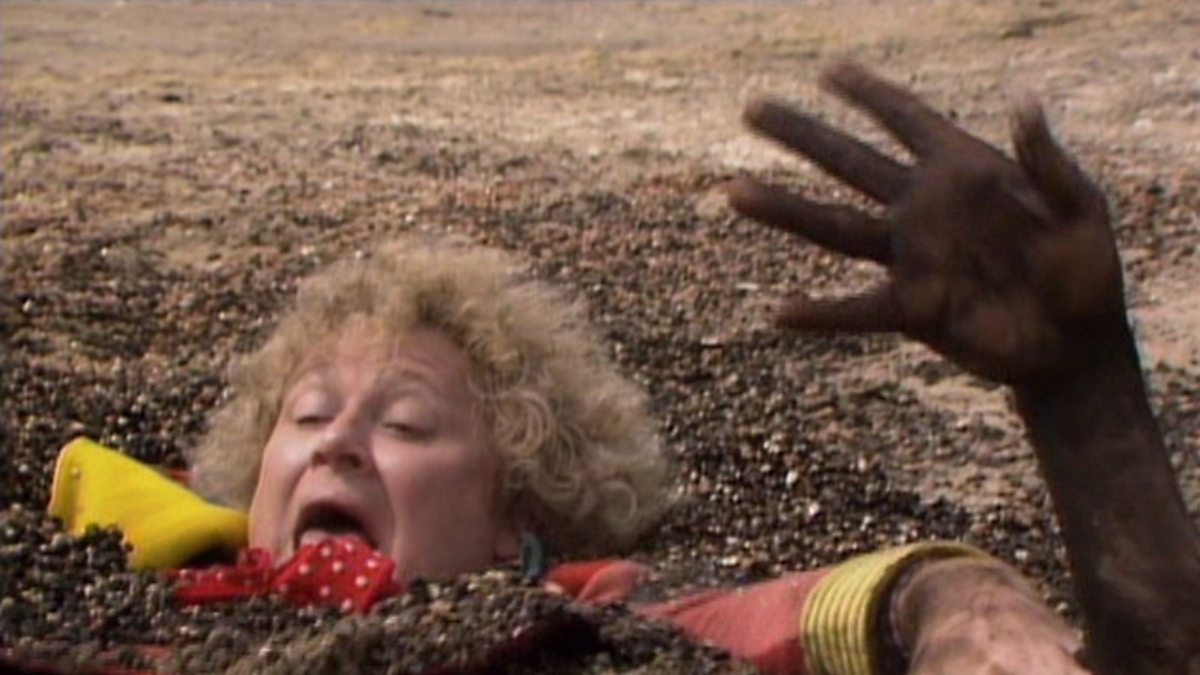
In Doctor Who terms, Robert Holmes is writing royalty. Many of his stories are some of the most beloved in Doctor Who history, and frequently cited as classics.
Of course, in the years after their immediate broadcast, fans could only speculate as to how good they must have been, or pore over their cherished Target novelisations. But they were often accused of looking at the past through rose-tinted spectacles; famously, the 80s producer John Nathan-Turner reminded fans that “the memory cheats,” and the old stories probably weren’t as good as everyone remembered.
It was only when the VHS releases started to make their way onto shelves that viewers discovered the truth; Robert Holmes’ Doctor Who stories were, indeed, as good as their reputations suggested – and sometimes better.
And whilst fans will forever debate which Robert Holmes story was his finest, fans generally agree that one of his greatest works was ‘The Talons of Weng-Chiang.’ This was all set against the backdrop of the swirling fog of Victorian London, and used the killings of Jack the Ripper as inspiration. In this adventure, though, the deaths were altogether more mysterious and, as you might expect, distinctly alien in origin.
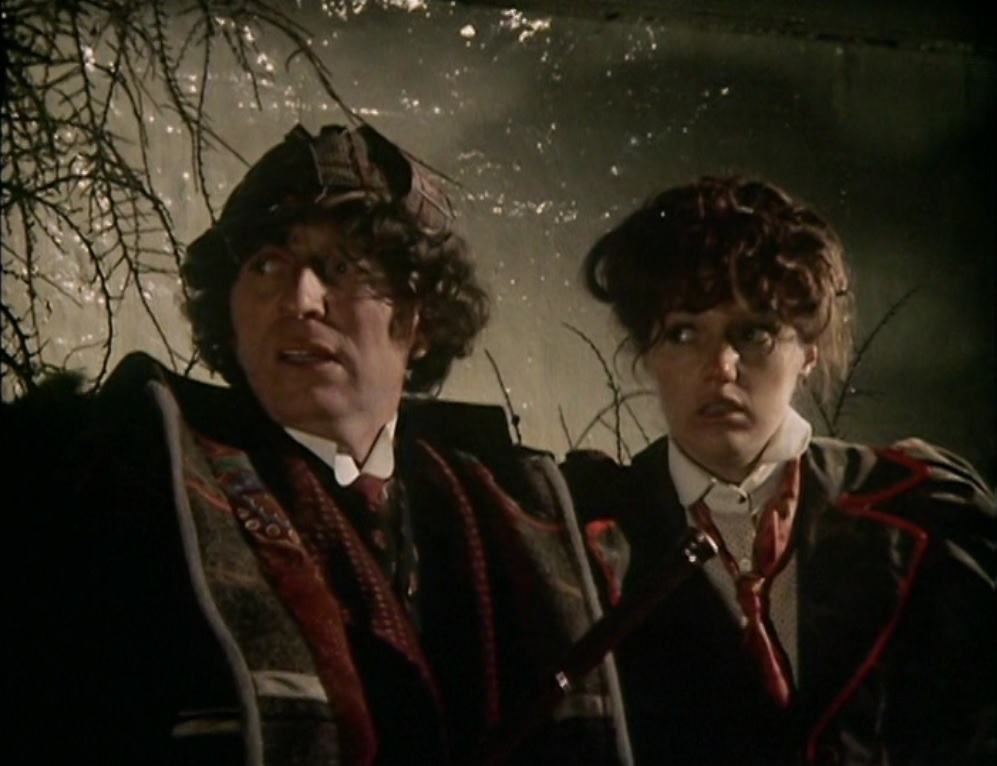
Indeed, ‘The Talons of Weng-Chiang’ was so successful that, immediately after its broadcast, the BBC considered making a spin-off series about two of its characters, the loveable Henry Gordon Jago, theatre manager, and Professor George Litefoot, pathologist. And whilst this idea never came to fruition during Holmes’ lifetime, it was eventually picked up by the audio company Big Finish who went on to produce some 14 series of the Jago and Litefoot spin-off, reuniting the original actors Christopher Benjamin and Trevor Baxter.
These characters highlighted what is perhaps Robert Holmes’ most famous trope – the double act. Holmes enjoyed pairing his creations off, and Jago and Litefoot are two of the most memorable. Other notable examples are Morgus and Timmin in ‘The Caves of Androzani’ and Glitz and Dibber in ‘The Trial of a Time Lord.’ Indeed, viewers can see this technique being used across many of Robert Holmes’ works; he often employed it in Blake’s 7, usually with the characters of Avon and Vila. They allowed the fun and the richness of his dialogue to shine through.
In fact, Robert Holmes’ writing style was so inspirational that it rubbed off on Doctor Who script editor and writer Eric Saward, who developed a close working relationship with Holmes. The most obvious example can be seen in the 1984 story ‘Revelation of the Daleks’ which, whilst undeniably Sawardian, is peppered with Robert Holmes’ hallmarks, most notably the double acts. And these are prevalent in ‘Revelation,’ from the conspiring business associates Kara and Vogel, to the assassins Orcini and Bostock, to the embalmers Jobel and Tasambeker.
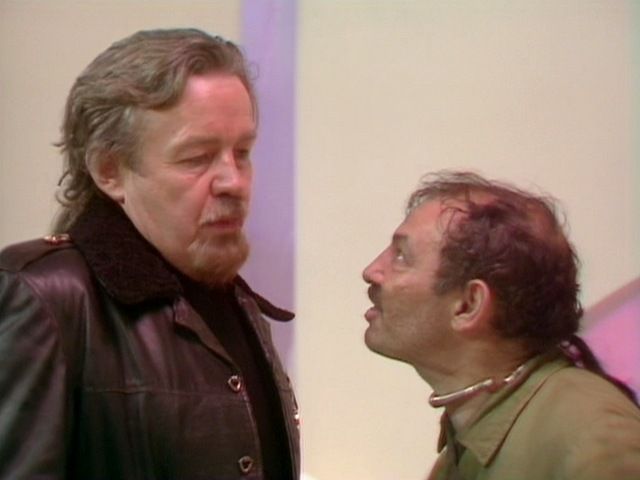
But ‘Revelation of the Daleks’ also riffed on Robert Holmes’ penchant for the satirical and the macabre. Holmes had a clear love for the gothic horror genre and used this as the underpinning for many of his most popular stories, such as ‘Pyramids of Mars’ and ‘The Brain of Morbius’ (which he heavily rewrote under a pseudonym, working from a script by Terrance Dicks.)
And as scary as Holmes’ stories were, they were often overtly tongue-in-cheek. The first four parts of ‘The Trial of a Time Lord,’ for example, may have seen the end of the world as we knew it, but they also had the comic relief of Glitz and Dibber, and the pantomimic Queen Katryca (played by Joan Simms), as well as Drathro – one of the stupidest robots in Doctor Who history.
And whilst there was something mildly comedic about many of Robert Holmes’ other creations, they did also get him into trouble. The 1971 story ‘Terror of the Autons,’ for example, was all about living plastic creations which came to life and killed people – and this included plastic daffodils which squirted a suffocating film over the faces of their victims, and children’s toys that killed their owners, and shop window dummies that disguised themselves as police officers. As such, ‘Terror of the Autons’ was one of the many Robert Holmes stories which drew complaints from viewers. And the police.
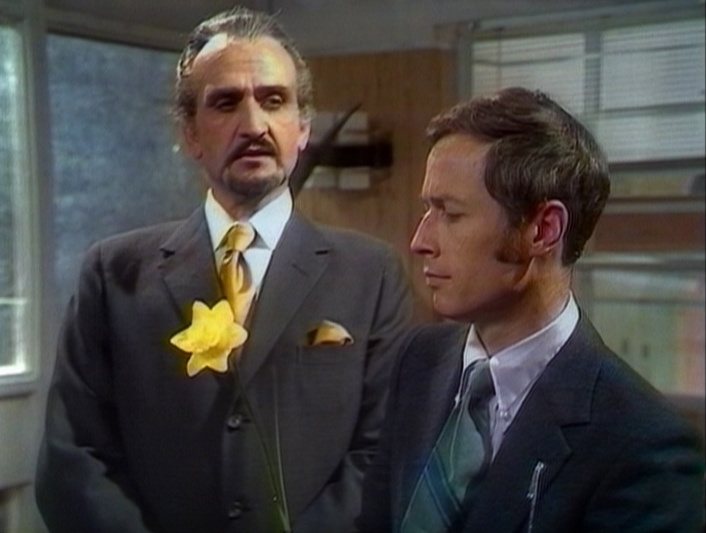
At the same time, Robert Holmes’ stories were reeling the viewers in. Indeed, when he was delivering scripts in the 1970s (and also acting as script editor between 1975 and 1978) Doctor Who was more popular than it had ever been. And whilst the show’s biggest critic (the activist Mary Whitehouse) was gaining widespread publicity for her distaste for the show, her criticisms seemed to be having the opposite effect, and encouraging people to watch. For instance, her comments about the level of violence in Holmes’ 1976 story ‘The Deadly Assassin’ saw the viewing figures rise to a high of 13 million – a figure that is still one of the largest in Doctor Who history.
Admittedly, it’s a shame that Robert Holmes never had the opportunity to write for the show in the modern era, having passed away in 1986 (during the writing of ‘The Trial of a Time Lord,’ in fact.) And yet, in a way, he has. Robert Holmes’ creations continue to have an impact on the shape of Doctor Who today, and indeed Holmes’ living plastic creations the Autons were called upon to relaunch the show under the aegis of head writer Russell T Davies in 2005.
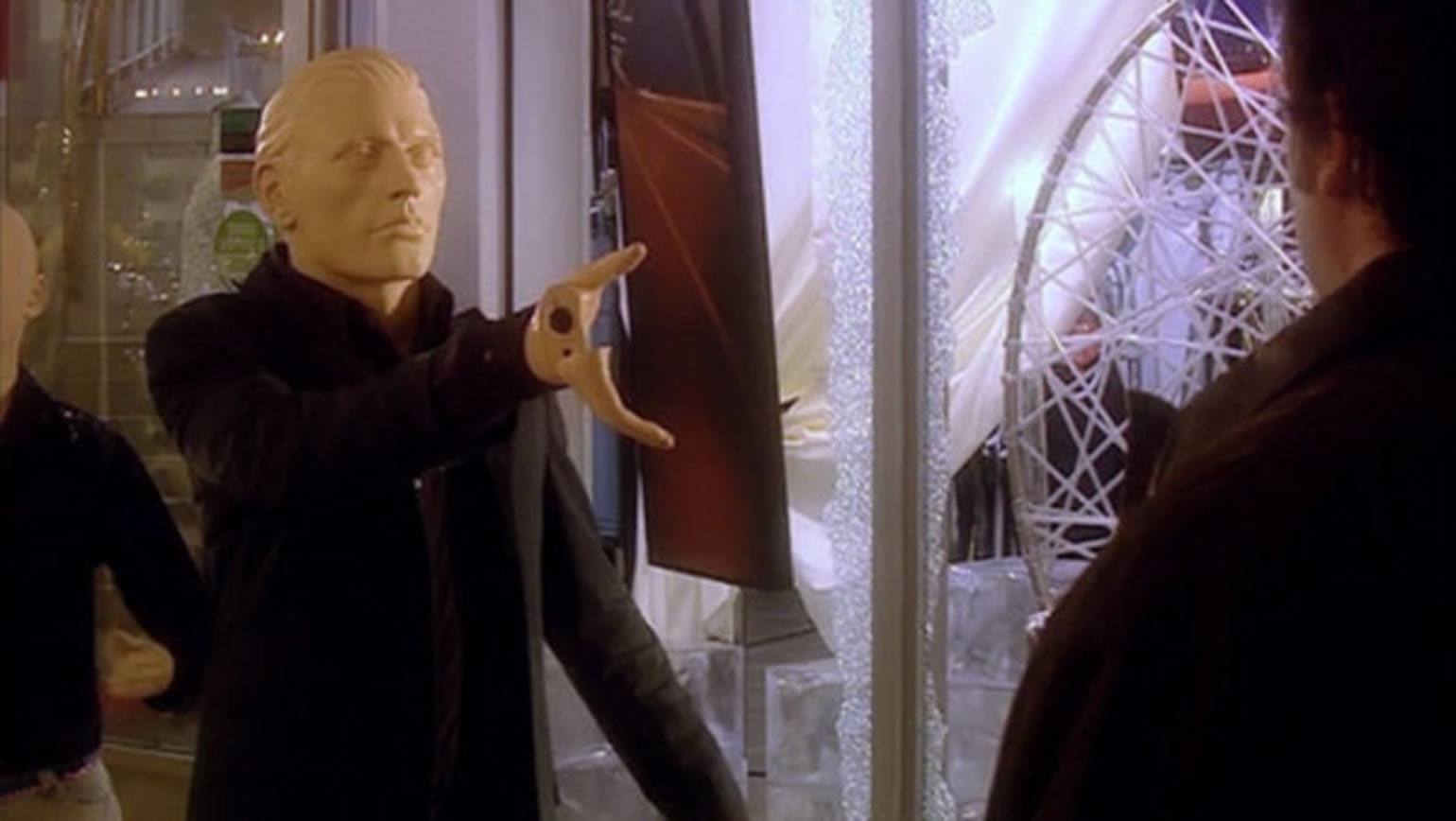
Moreover, there is the character of the Master who, surely, is third only in popularity after the Daleks and the Cybermen. This is a rival Time Lord who was conceived as the Moriarty to the Doctor’s Holmes, and has been something of a constant in the world of Who since 1971. Indeed, the Master is set to return in 2022’s ‘The Power of the Doctor,’ a 90 minute special which marks the BBC’s centenary. Oh, and he just so happens to have been co-created by Robert Holmes.
So whilst we can no longer look forward to new scripts from Robert Holmes’ typewriter, his creations live on in the world of New Who, and in the classic Blu-ray releases which have given the Doctor’s past adventures a whole new lease of life, even introducing new fans to Holmes’ work for the very first time.
But over to you, reader. Which is your favourite of Robert Holmes’ Doctor Who scripts? And which of his creations is your favourite? Let us know in the comments below.

Tom Baker scarf – order now from the Lovarzi shop!


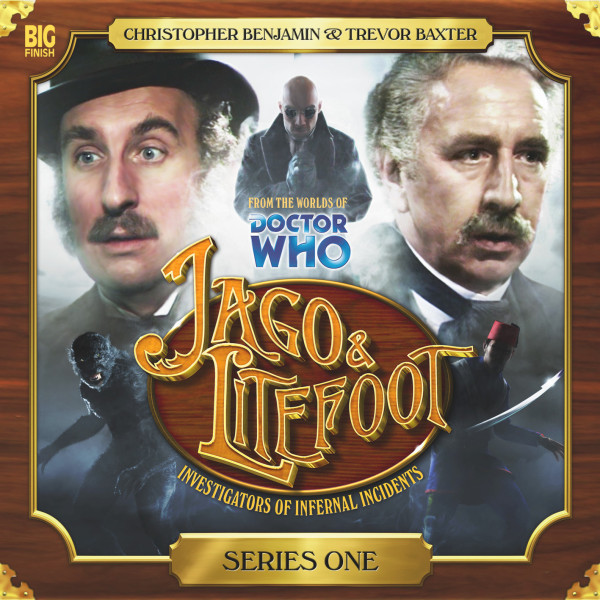






Leave a Reply